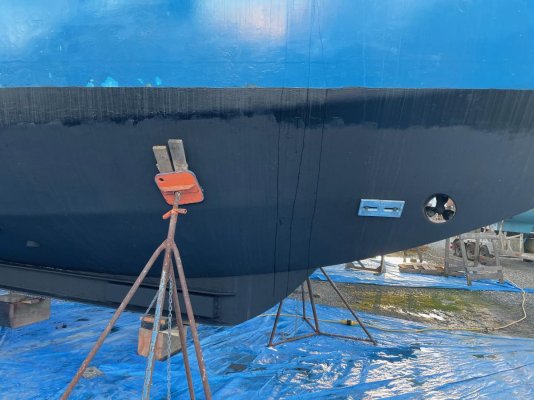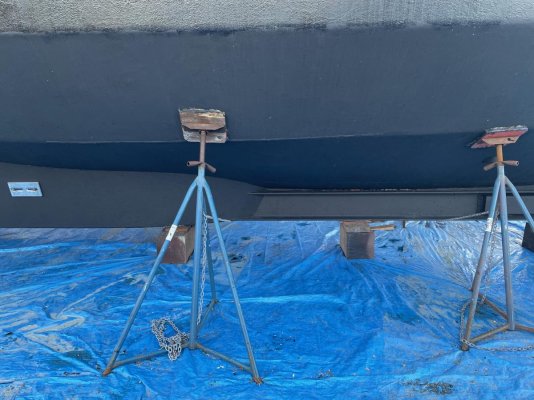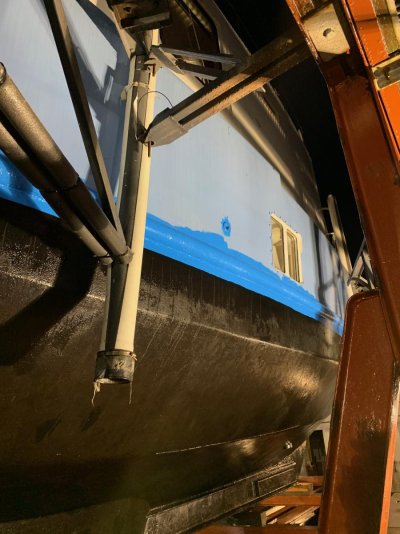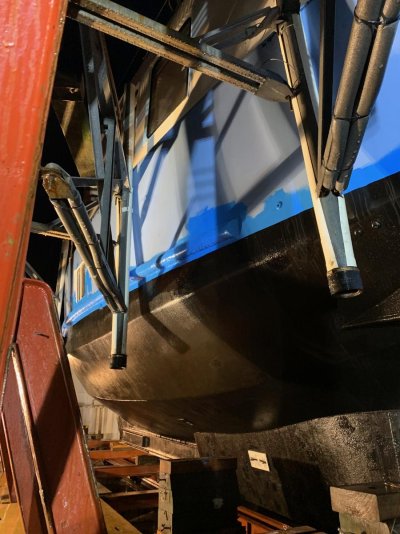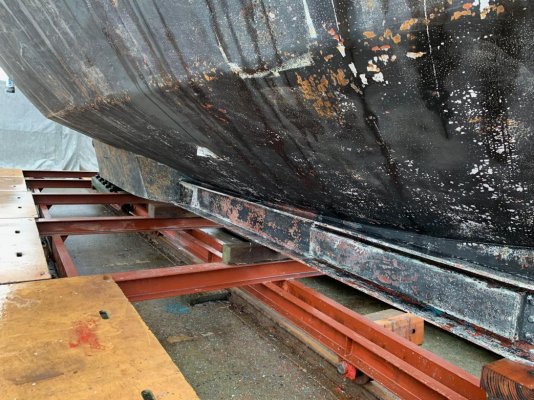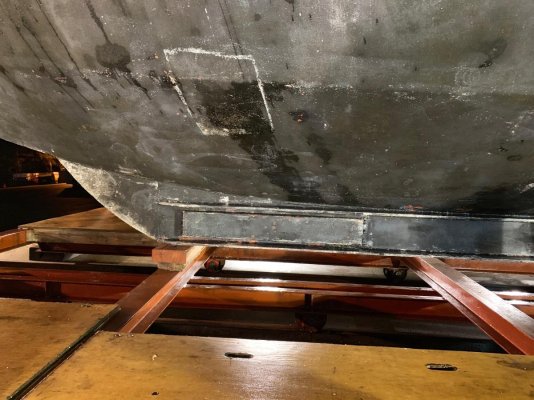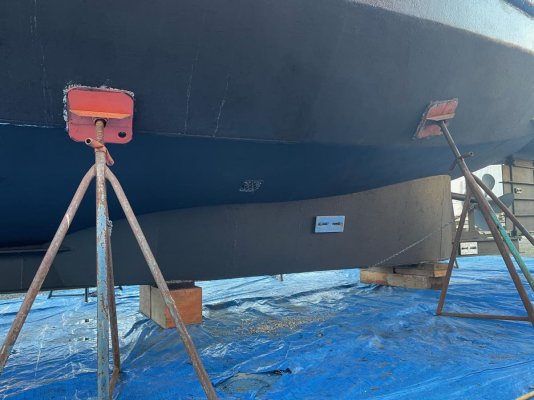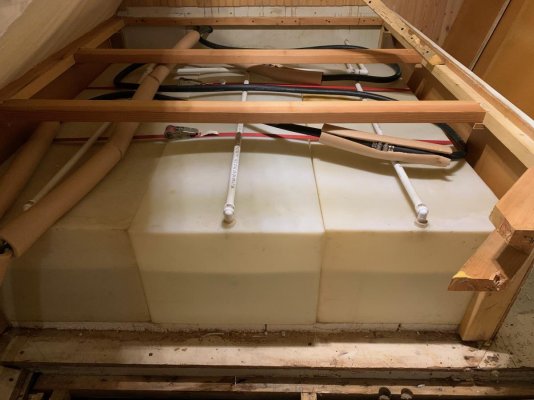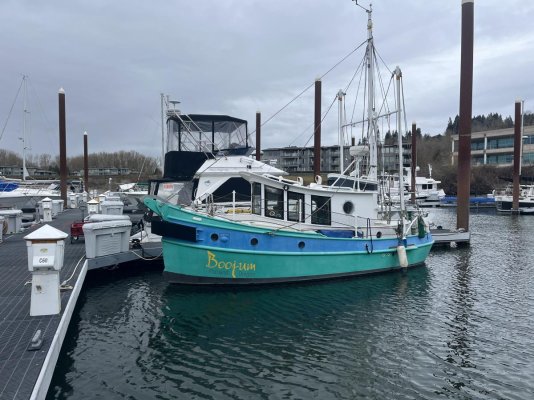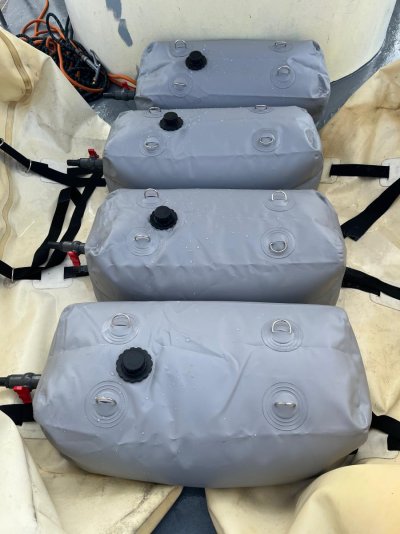LeoKa
Guru
- Joined
- Apr 15, 2017
- Messages
- 1,155
- Location
- USA
- Vessel Name
- Ironsides
- Vessel Make
- 54' Bruce Roberts steel sailboat hull, coastal LRC, 220HP CAT 3306.
My boat is a bit tender and I would like to add more ballast. The bilge is full with lead bricks already. At the bottom of the steel hull, I have an I beam, which already has a bolted metal bar on the first part of the beam. I want to add another set of heavy bars bolted on this beam, hopefully even heavier.
Where do I get someone to fabricate a bar like this? It requires some welding for the mounting holes, plus it is very heavy. It needs to be delivered and mounted with a fork lift.
I plan to haul out this June for a bottom job, but this can wait till the next haul out. I just want it to be ready, when I pull the boat out again. I searched the internet, but I could not find any business doing it in my area. I am in WA State, down on the Columbia river. So, Astoria or Ilwaco boatyards are my choices. Although, this can be fabricated anywhere and delivered to the yard up to a certain distance.
Also, I have no clue how much it would cost these days, as metal prices are up to the roof?
Where do I get someone to fabricate a bar like this? It requires some welding for the mounting holes, plus it is very heavy. It needs to be delivered and mounted with a fork lift.
I plan to haul out this June for a bottom job, but this can wait till the next haul out. I just want it to be ready, when I pull the boat out again. I searched the internet, but I could not find any business doing it in my area. I am in WA State, down on the Columbia river. So, Astoria or Ilwaco boatyards are my choices. Although, this can be fabricated anywhere and delivered to the yard up to a certain distance.
Also, I have no clue how much it would cost these days, as metal prices are up to the roof?

